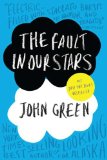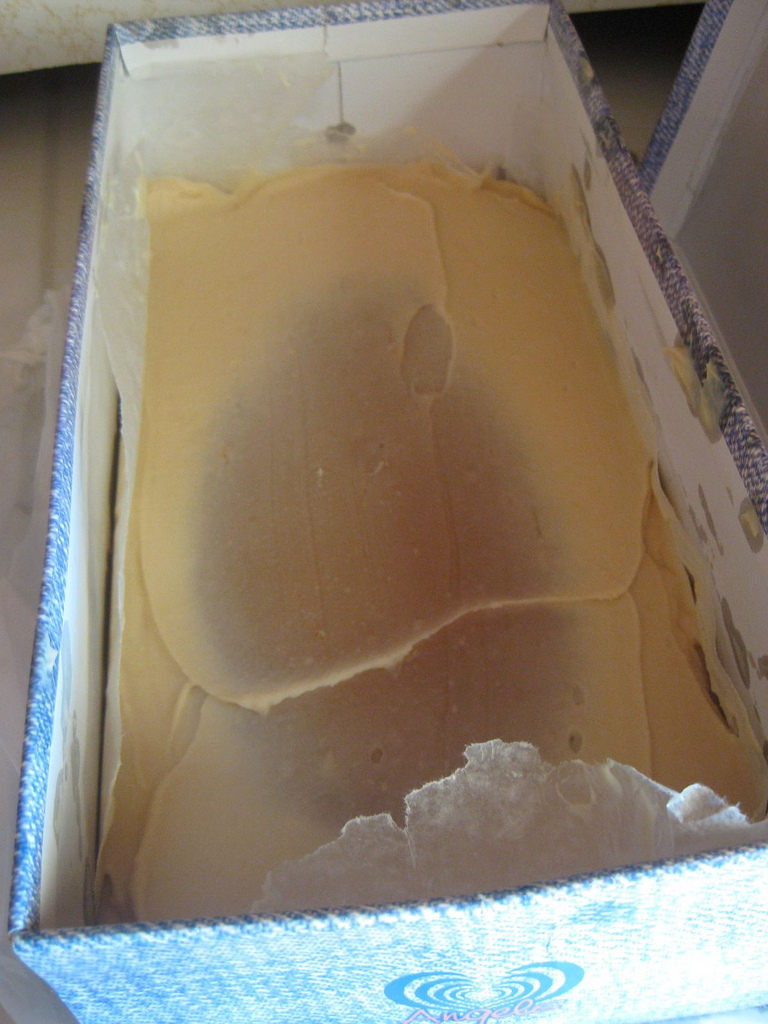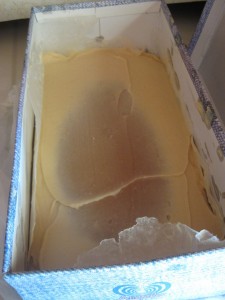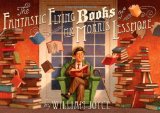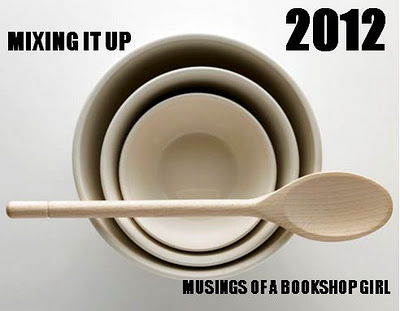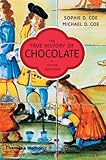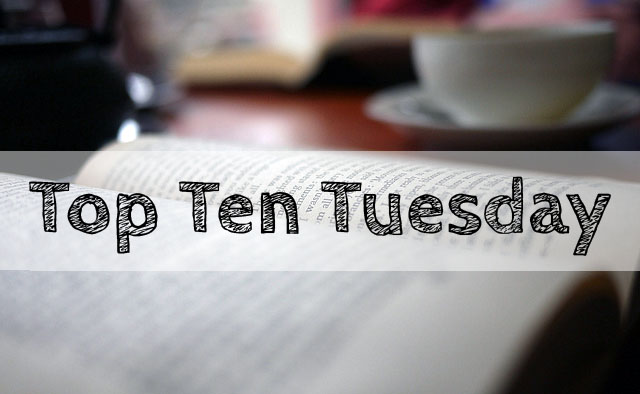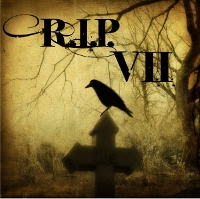 Ooooh! Time for my most favorite reading challenge, the R.I.P. Reading Challenge. No other reading challenge so perfectly matches the time of year to reading selections, in my opinion. I have not been reading as much as I usually do this year. A big move, a new job. Lots of reasons. I really want to participate in this challenge, but I am not going to commit myself to a set number of books, especially because I will be taking a Harvard course pretty soon, and I’m not sure how much time I’ll have. But technically, I’m shooting for Peril the First.
Ooooh! Time for my most favorite reading challenge, the R.I.P. Reading Challenge. No other reading challenge so perfectly matches the time of year to reading selections, in my opinion. I have not been reading as much as I usually do this year. A big move, a new job. Lots of reasons. I really want to participate in this challenge, but I am not going to commit myself to a set number of books, especially because I will be taking a Harvard course pretty soon, and I’m not sure how much time I’ll have. But technically, I’m shooting for Peril the First.
I am thinking about these choices:




To make it more interesting, I’m going to create a soap recipe for each book that reminds me of some aspect or other of the book, and if the recipes turn out well, I’ll give away a bar of each, here on this blog. So stay tuned, and encourage me to read, because otherwise no soap.
I will try to read these five books, but I’m not sure if I will get to all of them. Here’s hoping! I need to get cracking, but I need to read [amazon asin=006218850X&text=The Orchardist] first as I have a deadline very soon. More on that book later. Wish me luck!



